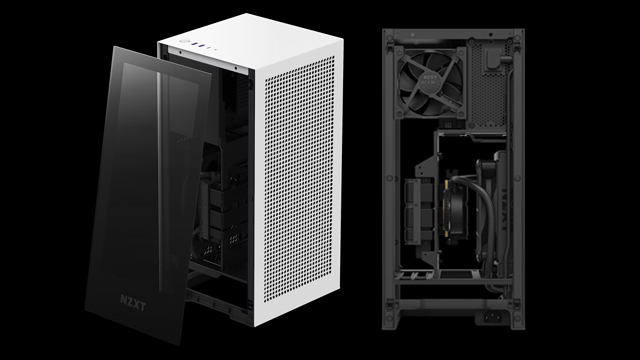NZXT H1 V2 MINI-ITX PC CASE REVIEW.
The NZXT H1 V2 aims to right the wrongs of its predecessor. Following my glowing review of the original case, which I’ve been using daily without issue for over two years now, reports started to flow in about a potential fire hazard attributed to the screws attaching the PCIe riser cable to the case. Over…
-
Many improvements.
-
Still a great-looking design.
-
Performance is solid.
-
Ridiculously easy to build in.
-
Provided cooler and power supply are of high quality.
-
Good GPU compatibility.
-
Would love to see a mesh front panel option!
-
Price is relatively high.











